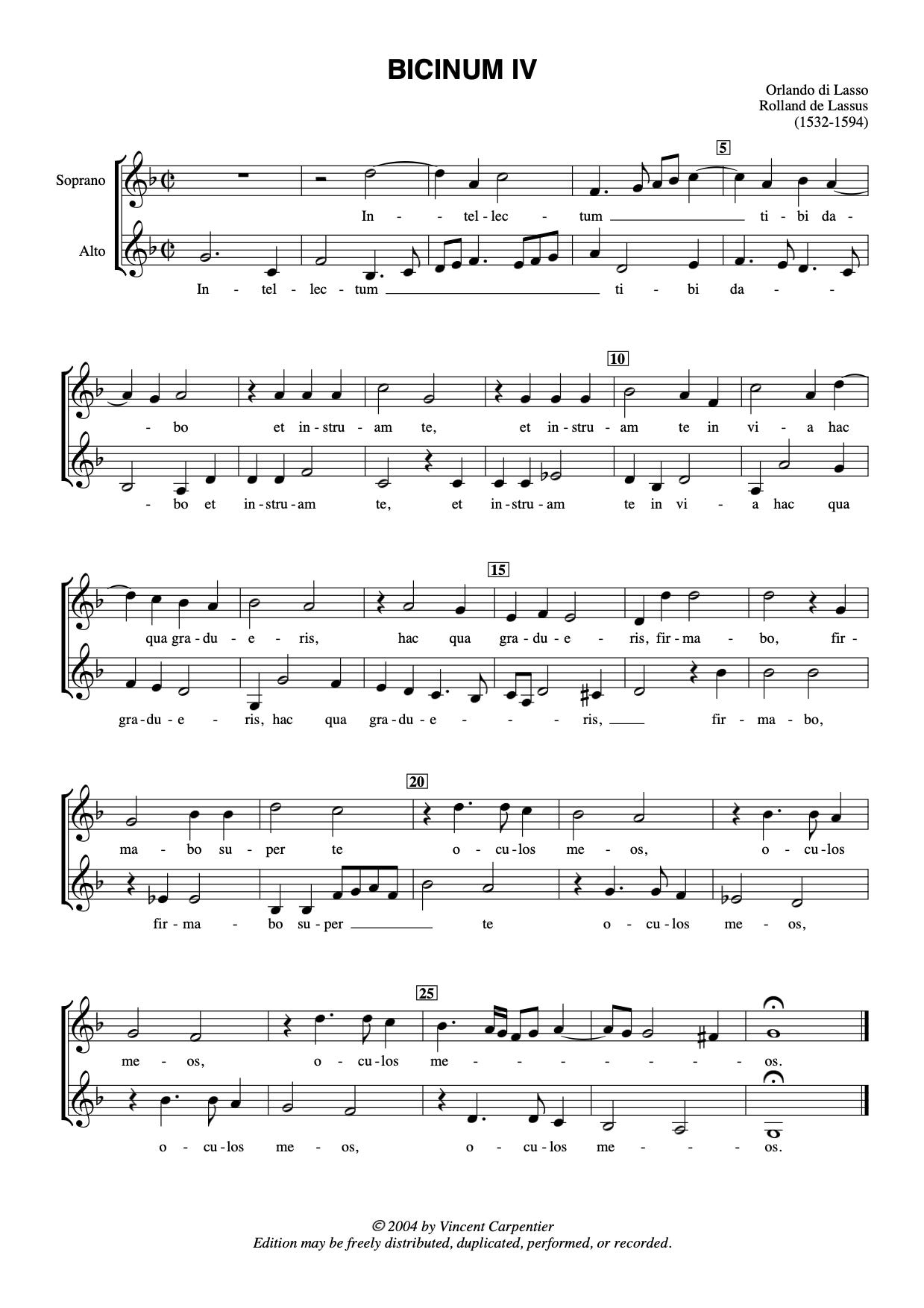Day Seven: Cadences, Voice Leading, and Phrasing
The origins of the musical cadence, and a reference guide to composing with them.
This post is part of 14 Days of Harmony, a free course for musicians who want to deepen their understanding of harmony, and learn how to develop their connection with sound as a result. You can view the entire course here.
On the origins of the musical cadence, and a reference guide to composing with them.
Imagine that it’s year 1550. You’re a farmer living in the Papal States (now called Italy) near the small town of Palestrina, a few miles outside of Rome. After a long and difficult trip, and for the first time in your life, you approach the great Cathedrals of Rome. In awe, you step inside the newly built basilica and hear the choir of singers above, singing the angelic music of Giovanni Pierluigi da Palestrina, the Pope's composer. Would you suspect that this sacred polyphonic music would be studied by composers 470 years in the future?
In music, all things relate to stability.
From tones themselves all the way up to phrases and entire movements, our ears seem to need to latch on to something so that it can breathe and take in what it has just heard, in order to prepare for what's next. If not, we become disoriented, and instinctively, we shut our ears and tense up to try and block out the confusion.
Consider what happens if you hear something brand new the first time, and then listen again to that same exact structure. By simply repeating it the ear is more at home; the second time, the sound—no matter how complex—has become more stable.
In this article, we're going to study how to use the intervals to guide the ear to a stable sound. Specifically we're looking at how to close a phrase, and how to create a sense of resolving musical tension. We're going to see that creating stability isn't just a matter of playing more and more calm or harmonious sounds in succession. Creating a cadence is to use carefully placed dissonances and resolve them to achieve that desired end! The ear discovers stability in a sound when it hears it as a resolution, a resolving contrast, to the dissonances that came before it.
Orlando di Lasso
He, like Palestrina and Victoria, was one of the most famous and influential composers at his time.
We're starting with a piece of Orlando di Lasso (1530-94), a composer from Mons, Belgium, to get a sense of how he used the intervals to create moments of stability in his compositions. Lasso was of the same generation of composers as Palestrina and Victoria, came before the common practice period, and was not working with the diatonic chords that we listened to in an earlier post. Instead, here in these types of pieces called Bicinia, he was working with 2 independently moving voices. The piece we are analyzing today is a composition for only 2 voices —a great study and introduction to Renaissance counterpoint.
Figure 1.
Lasso Bicinum IV
I created this recording using my midi controller and it gives you a general (but machinelike) idea of how the piece goes.
Listening Practice.
Listen along with the score and mark with your pencil where it sounds like the phrases start and end. In every piece there are many mini openings and closings, but mark where you feel these forces are the strongest at play. Give it a few listens; if you are unfamiliar with Renaissance music it may seem odd, but the phrases will soon be clear. Listen and follow along with the score and mark it first before moving on with the lesson.



